The Human-Powered Vehicles Design Team (HPVDT) is a student organization at the University of Toronto that is focused on the design and construction of innovative, high-performance, human-powered vehicles. Our goal is to provide students with practical, hands-on experience in engineering design while promoting efficiency, sustainability and the use of human power as a means of reducing society's impact on the environment.
Our current focus: Designing high-speed aerodynamic vehicles, capable of reaching speeds well in excess of 100 km/hr on pure human power. We compete annually in the World Human-Powered Speed Challenge, where streamlined bicycles race and set land speed records on a 5 mile stretch of road near Battle Mountain, Nevada. We have also previously competed in the American Society of Mechanical Engineers Human Powered Vehicle Challenge, where the utilitarian and practical aspects of our vehicles are tested in a series of design and race events.
Experience: As a member of the team, you will learn how to work with composites, such as carbon fibre, and other advanced materials. You will also be a part of the design process of the aerodynamic, mechanical, structural and electrical components of the bicycle. You will gain hands-on experience with building streamlined vehicles, as well as how to disassemble and reassemble bicycle components. Committed members will also have an opportunity to become design leads or team executives, which provides leadership and management experience. The team is also often invited to attend various events and conferences where team members can showcase their work and network with professionals in related fields.
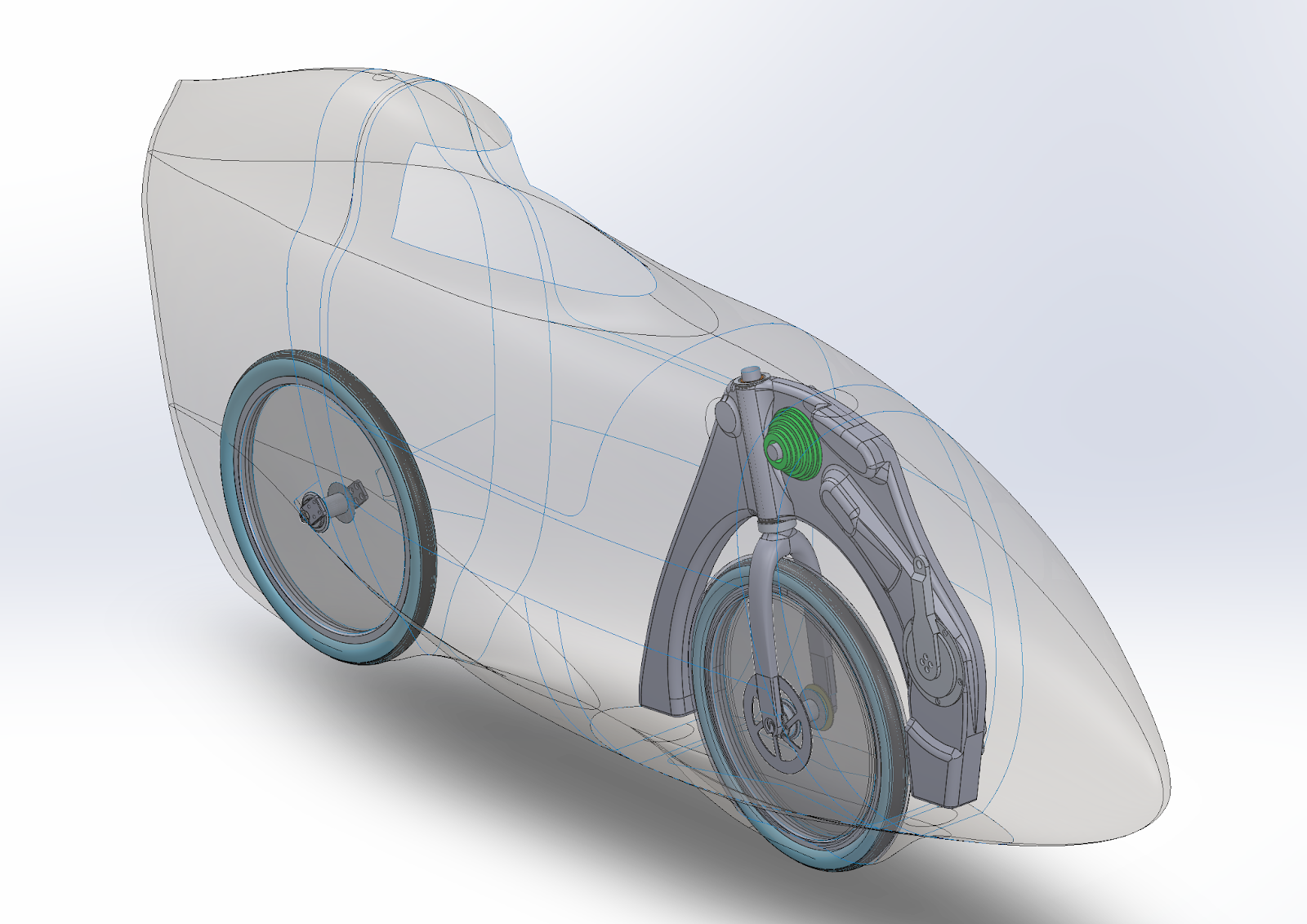
Typhoon was designed as a learning and development project. The shell and structure were built and designed in the summer of 2024. The intention of the project was to simplify the design and construction and focus on the basics, teaching team members valuable skills and allowing them to gain experience for future projects to come. This bike was pulled from the same mold as Votex and its internals and drivetrain are a hybrid between the original vortex one and the newer cyclone and tempest designs.
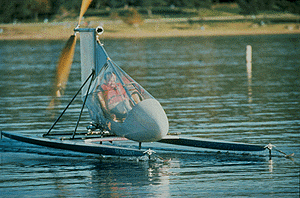
The watercraft is the beginning of an entirely new avenue of exploration for the team and our first venture into surface vehicles. The project is inspired by the Dupont Prize - a competition in the 1990s to build the first human powered boat to go 20 knots (37.04 km/h). In the end no one was successful in reaching this feat and the prize was awarded to Decavitator who went 18.5 knots (34.262 km/h). Since then others have tried to set the world record including super phoenix who reached a top speed of 18.6 knots, however no one has reached 20 knots. Our ambitious goal with this project is to reach that speed and break the water speed record for human powered propulsion.
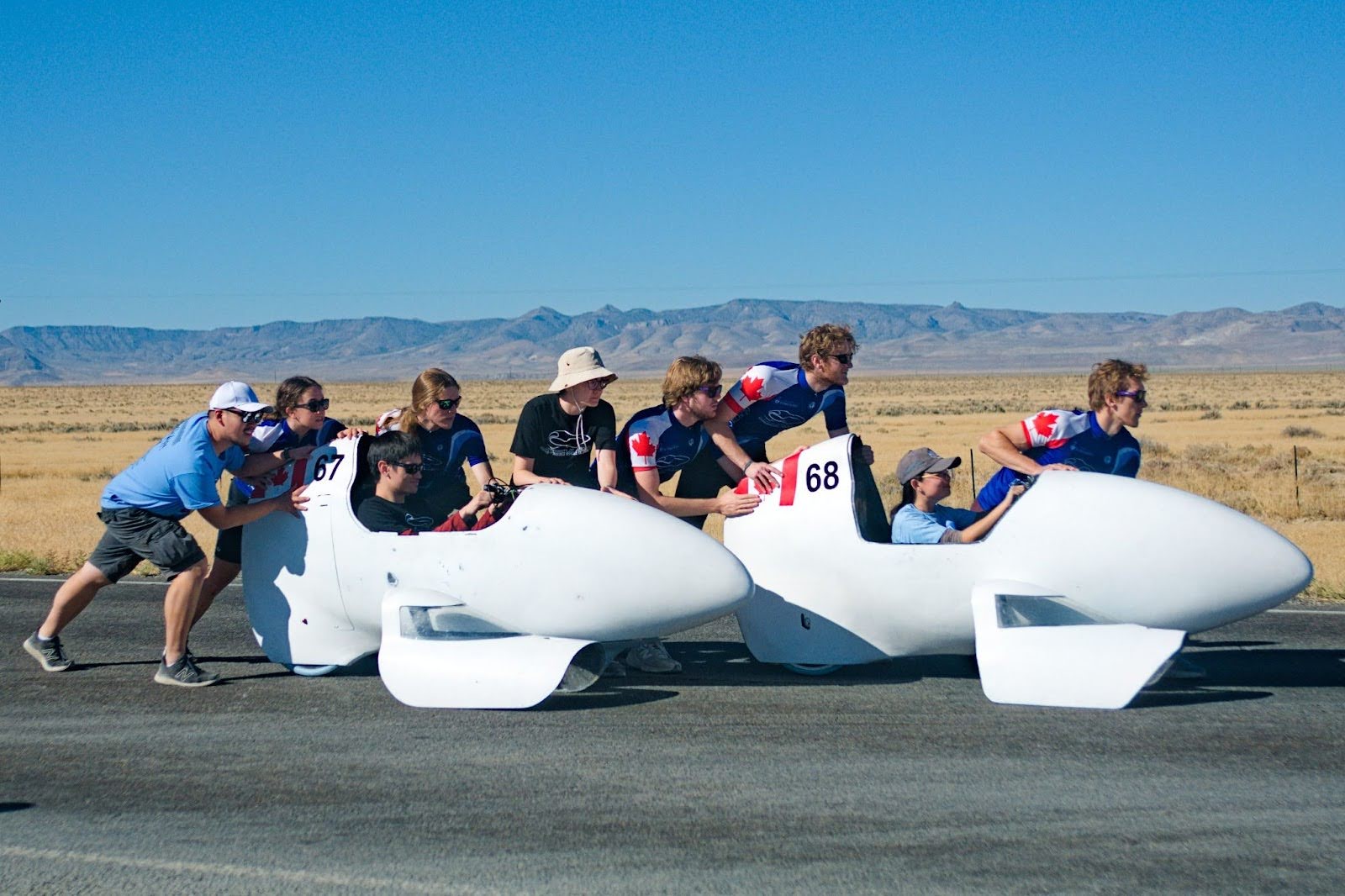
In 2022, HPVDT overhauled the drivetrains, internal structure and fairings for Cyclone and Tempest,
the team's ASME HPVC entries in 2016 and 2017. This project helps HPVDT's new members get design,
building and streamliner racing experience after the return from the COVID-19 Pandemic. Ultimately,
more than 10 new team members rode Cyclone and Tempest at the 2022 and 2023 Waterford HPRA,
and multiple team riders achieved speeds over 60 miles per hour at the 2022 World Human Powered
Speed Challenge while operating Cyclone.
In 2023 the bikes were again improved and in 2023 and 2024 more than 20 new riders rode them. In
the summer of 2024 the bikes were refinished and painted for the 2024 WHPSC where both Cyclone
and Tembest were run. Cyclone achieving a speed of 65.52 mph and Tempest 61.56 mph (105.44 and 99.07
km/h respectively).
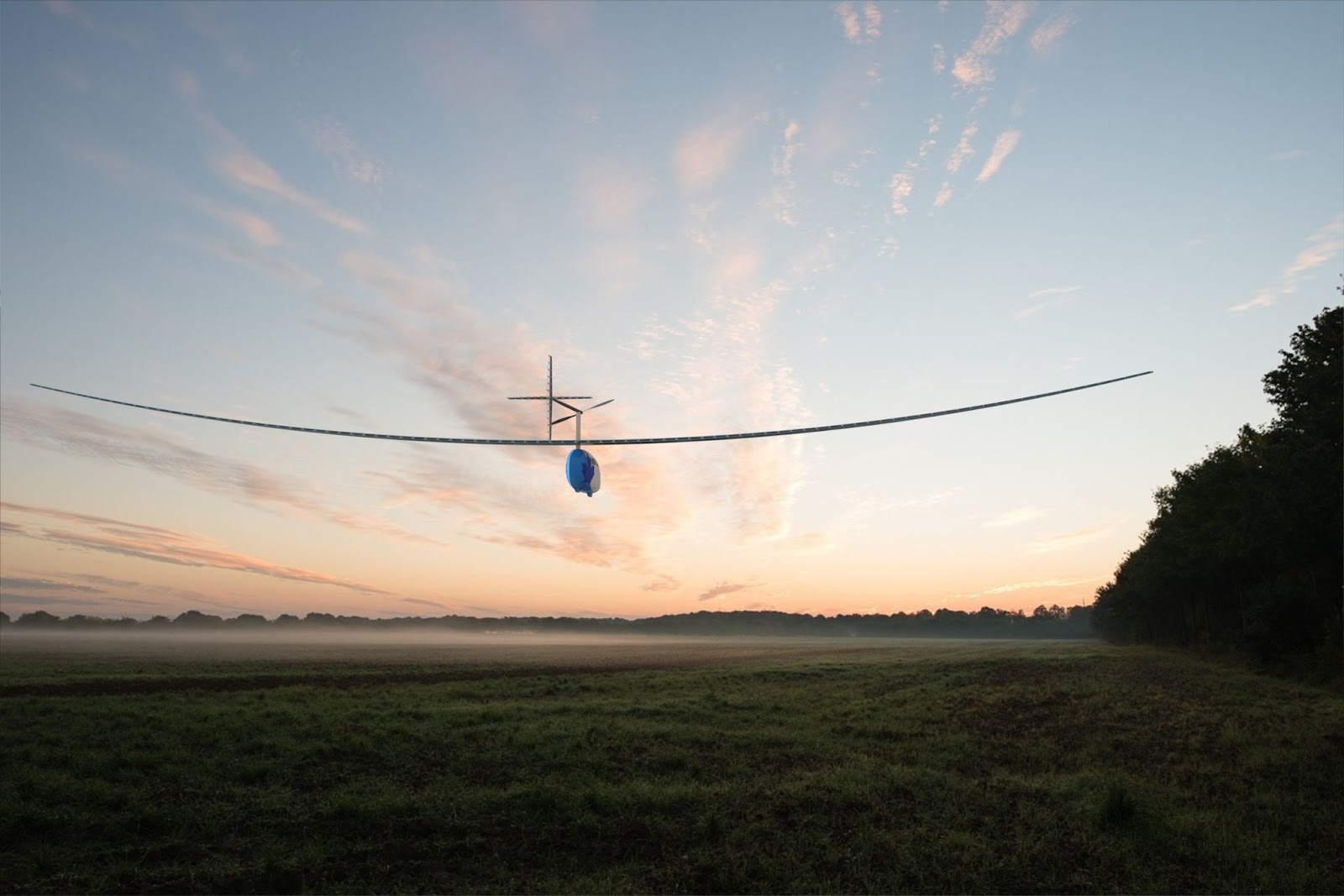
We were building a tandem human powered aircraft to compete for the long
standing Kremer International Marathon Prize. Our aircraft was being built to
fly a distance of 42 km (a marathon) in one hour or less. In addition to the
speed and distance conditions, the aircraft had to also be able to turn
repeatedly to navigate the specified figure eight course. When completed, we
expect it to be the most advanced human powered aircraft ever constructed.
Project Designers: Calvin Moes, Bill Kong, Trefor
Evans, Thomas Ulph
Competitions: Kremer International Marathon Prize
Start: March 2020
Structure: Carbon sandwich panel fuselage, carbon and balsa wood
spar, high density foam wing with mylar wrapping
Features: Fly-by-wire control system, remote control capability,
lightweight suspension and landing gear
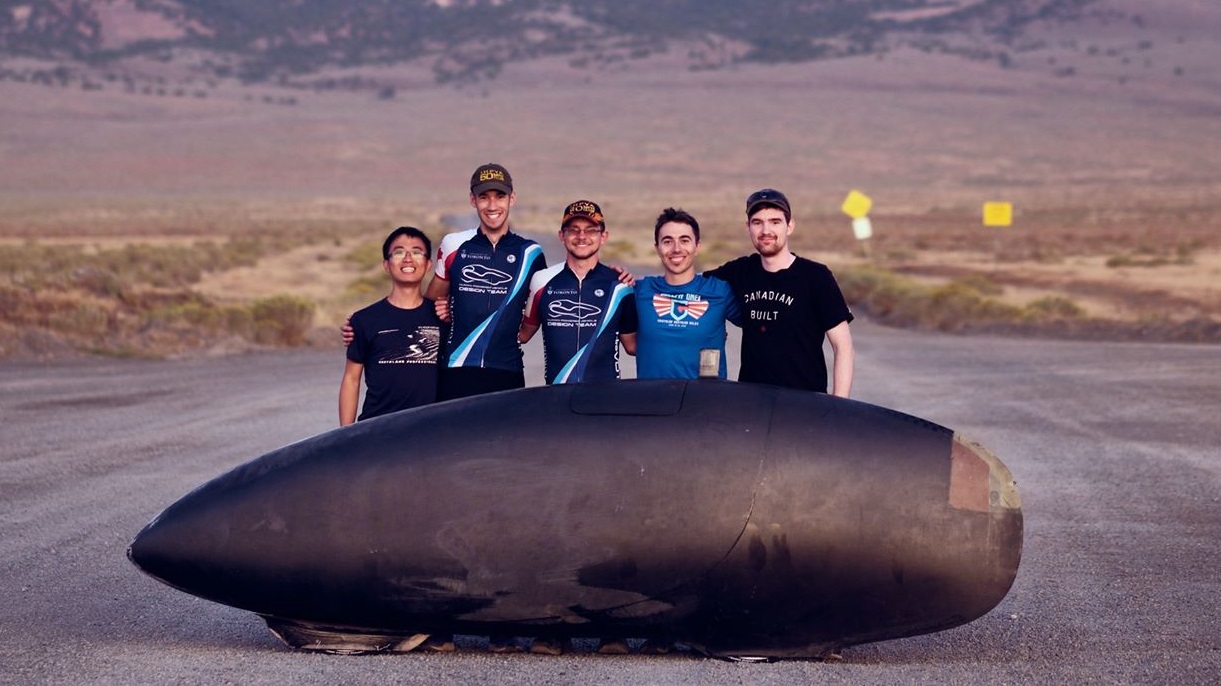
Our most advanced speedbike, TITAN employs all of the lessons our Team has learned in our previous projects. This design pushes the bounds of speedbike engineering, and is driving the sport as a whole in an exciting new direction. At the 2019 WHPSC, HPVDT members piloted an unfaired TITAN to a new world tandem speed record of 120.20 kph (74.69 mph). We have been working on finishing and improving TITAN for future WHPSC events.
Project Director: Calvin Moes
Competitions: WHPSC 2019, 2022 WHPSC, 2023 WHPSC
Start: Fall 2018
Completion: Main build completed Fall 2019, ongoing updates
Top Speed: 120.20 km/h at WHPSC 2019 (New Multi-Rider World Record)
Structure: Carbon sandwich panel shell, hollow carbon internal frame, carbon disc wheels, largely customized drivetrain, bespoke electronics, sensor and vision system
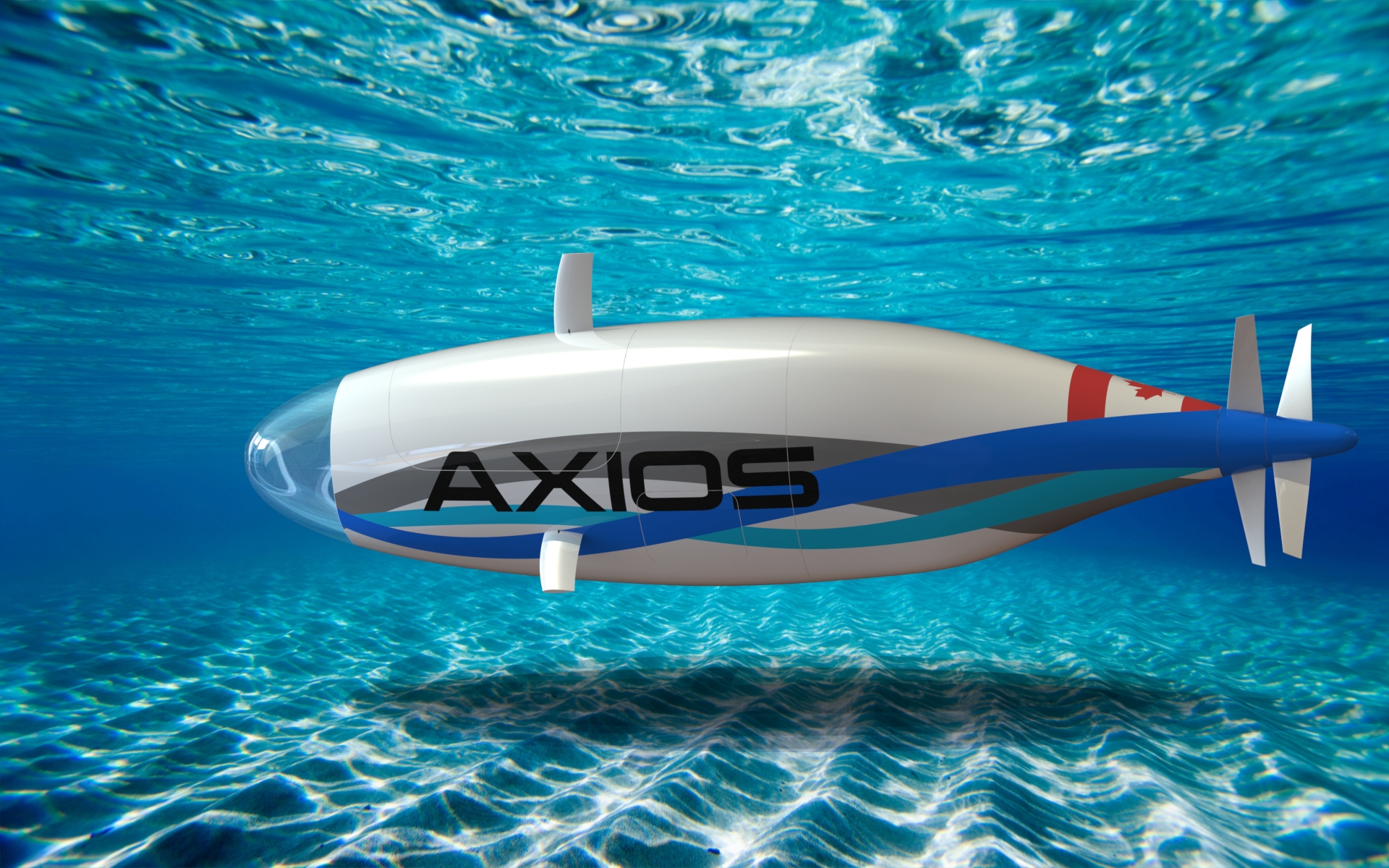
Axios was HPVDT's first human-powered submarine design. Designed to be fast, maneuverable, and generally awesome, Axios was a completely new take on human-powered watercraft.
Project Director: Calvin Moes
Duration: Summer 2014 to Summer 2022
Dimensions (L×W×H): 275 cm × 52 cm × 65 cm
Mass: 460 kg (ready to dive)
Top Speed: 4.4 m/s (estimated)
Designed Depth: 30 m
Structure: Fiberglass pressure hull, polyurethane viewport, steel drivetrain
Features: Closed-circuit rebreather system, advanced safety systems, optimized propeller geometry

Blueshift was a fully faired super-recumbent delta camera tricycle with three wheels on a short wheel base. This design has ideal characteristics for its project goals. The delta wheel placement and short wheelbase allowed us to accommodate a tight turning radius without increasing the frontal area of the fairing. The flat rider position produceed a low center of mass which provided good lateral stability under both cornering accelerations and high speed crosswinds. The drivetrain and shifting range provided us with a wide range of speeds, from as low as 26 km/h to as high as 118 km/h.
Project Director: Bill Kong
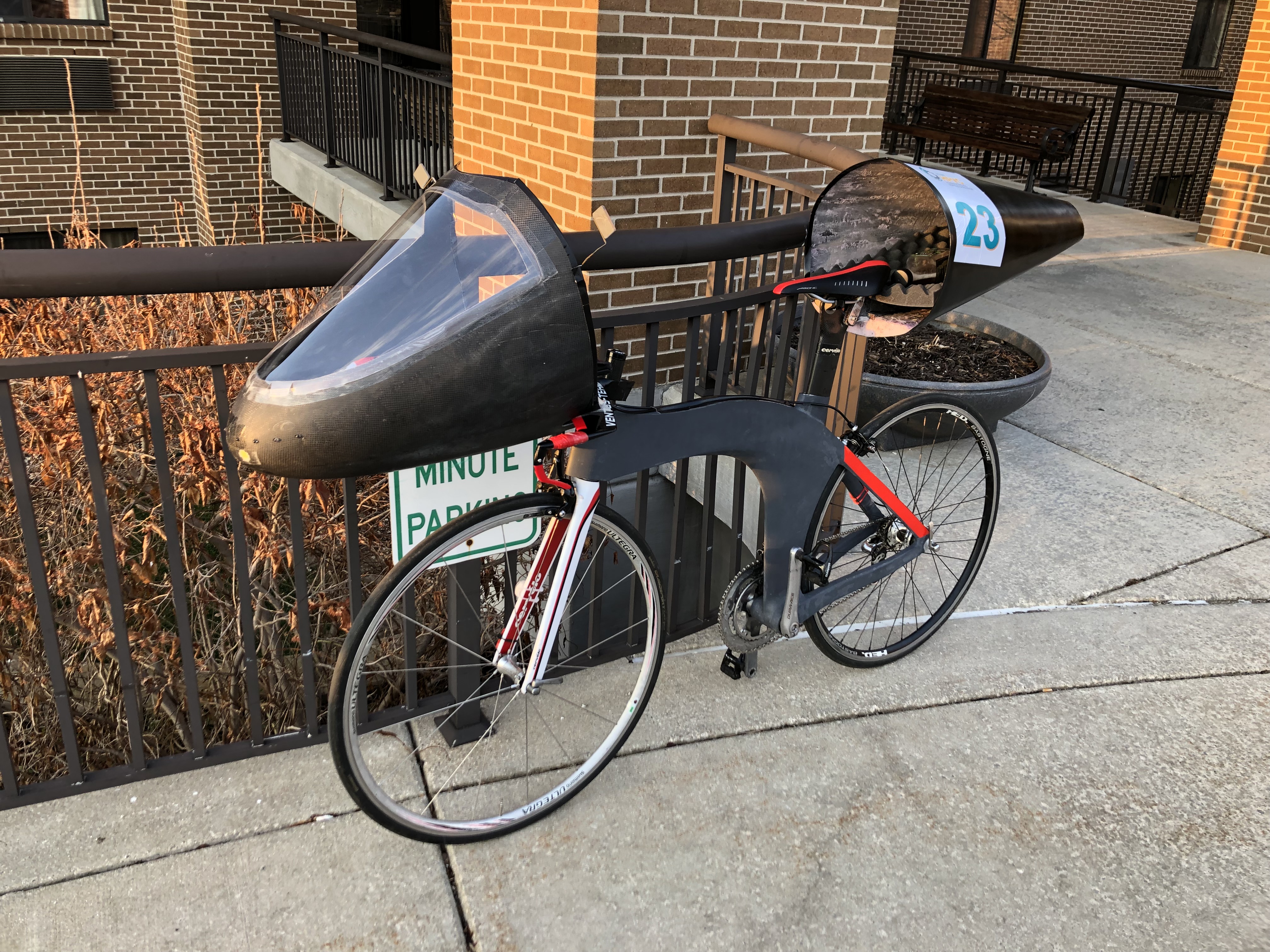
A new take on the most common human powered vehicle in the world: the upright bicycle. Zephyr uses partial aerodynamic fairings fore and aft of the rider's body to provide a 22% drag reduction relative to a standard aerobar position. This vehicle dominated all the races at ASME HPVC North 2019, lapping the second place vehicle seven times during the endurance race. To demonstrate real world usability, the vehicle completed a 350 km 3 day tour from Toronto to Kingston during summer 2019.
Project Director: Bill Kong
Competitions: ASME North 2019 (1st Endurance, 1st Men's Speed, 1st Women's Speed, 4th Design, 2nd Overall)
Start: Fall 2018
Completion: Spring 2019
Dimensions (L×W×H): 217 cm × 48 cm × 133 cm
Mass: 11.5 kg (with fairings), 9.5 kg (bike only)
Top Speed: ~60 km/h at ASME 2019
Structure: Prepreg carbon monocoque main frame with carbon wrapped foam core stays, and aluminum dropouts and head tube
Features: Partial front and rear aerodynamic fairings, wide range of ergonomic adjustability, deep section front wheel, integrated power meter, standard component compatibility
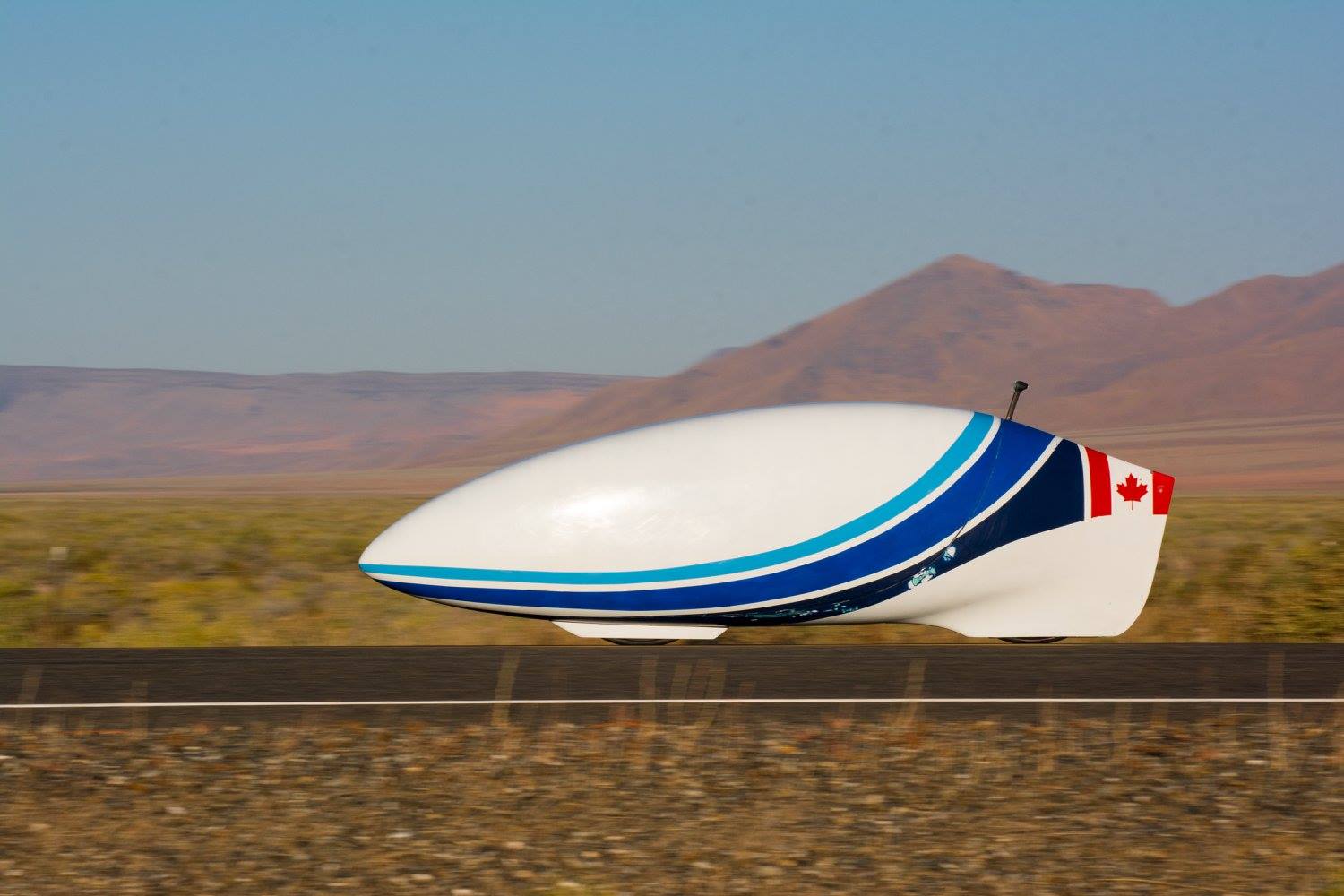
Designed as an upgraded version of Aerovelo’s Eta speedbike, Eta Prime takes advantage of an extensively optimized frame and shell structure to achieve significant mass savings while improving stiffness. This vehicle piloted by Calvin Moes won the 2017 World Human Powered Speed Challenge men's and collegiate men's competitions with a speed of 127.60 kph (79.30 mph). The same vehicle and rider competed again the following year and improved their top speed to 130.08 kph (80.83 mph), becoming the team's first vehicle to exceed the 80 mph mark.
Project Director: Calvin Moes
Competitions: 1st WHPSC 2017, 2nd WHPSC 2018
Start: Summer 2015
Completion: Summer 2017
Dimensions (L×W×H): 270 cm × 45 cm × 85 cm
Mass: 22 kg (empty)
Top Speed: 130.08 km/h at WHPSC 2018
Structure: Carbon sandwich panel shell, hollow carbon internal frame, carbon disc wheels, largely custom drivetrain
Features: Fully-redundant high-definition camera vision system, two-stage transmission (6 speed), 650c wheels, ±3.5 degrees steering range
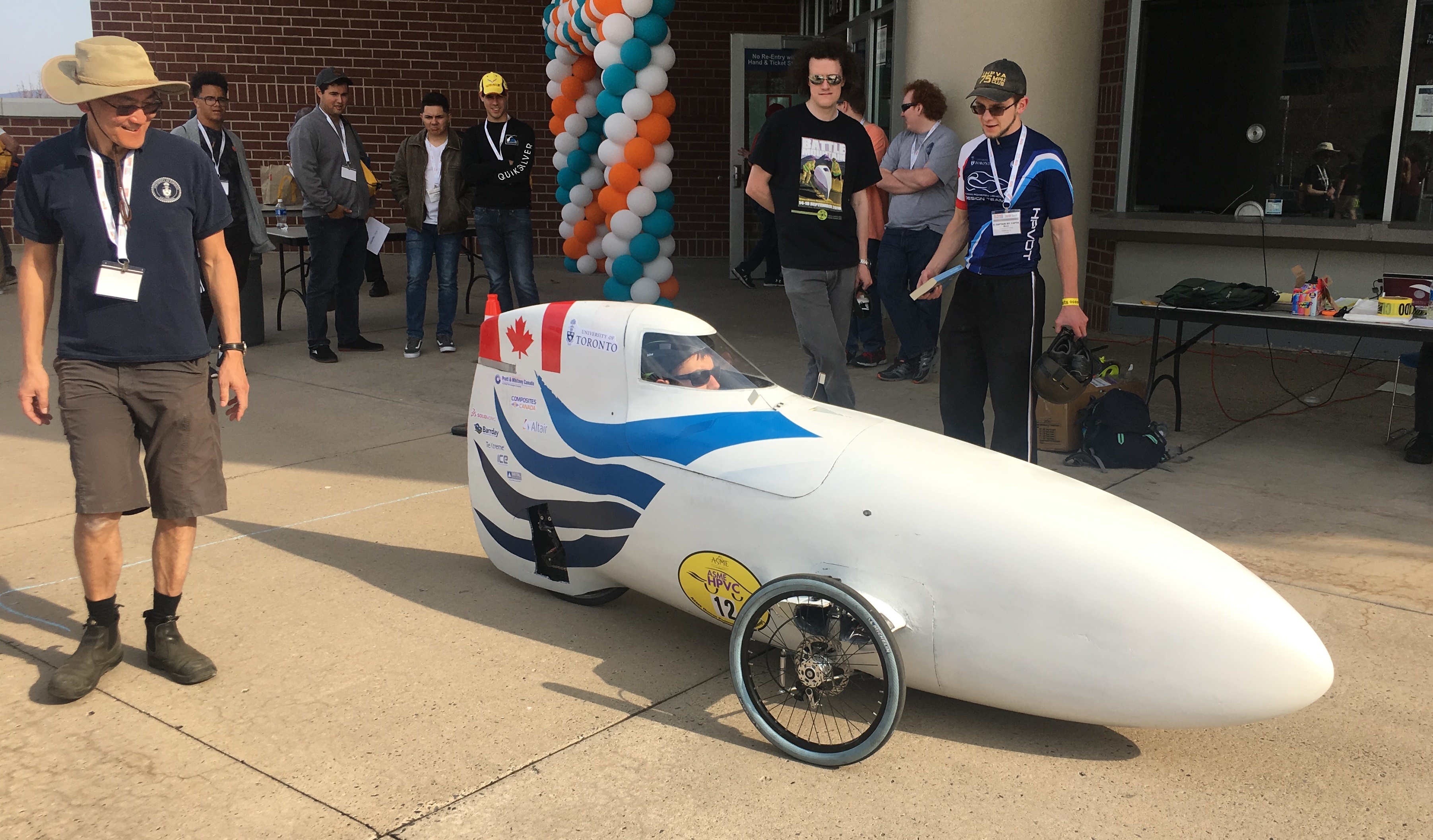
Inspired by Celero, Arbiter was developed with the practical high-speed commuter in mind. Its three-wheeled configuration was stable at low speeds and highly maneuverable when slaloming down obstacle courses at high speed. Arbiter was the first vehicle we’ve completed on time before driving out to compete at the annual ASME HPVC competitions. Arbiter finished with 2nd in Design and Innovation categories at ASME HPVC East 2018 and was also featured on Daily Planet!
Project Director: Bruce Hu
Competitions: ASME East 2018 (2nd Design, 2nd Innovation, 4th Endurance, 8th Overall)
Start: Fall 2017
Completion: Spring 2018
Dimensions (L×W×H): 284 cm × 114 cm × 102 cm
Mass: ~25 kg (empty)
Top Speed: ~50 km/h at Northbrook 2018
Structure: Carbon-Kevlar monocoque shell, Detachable front steering assembly
Features: Fully Suspended System, Adjustable seat and BB position, Rollover Detection system, Android App integration

Similar to Cyclone, Tempest is based on the Vortex design. With a refined landing gear system, transmission structure, and ultra low-drag tires, Tempest was meant to sustain high speeds for a long commute. Tempest placed 5th in the 2017 HPVC Innovation category, but was hampered by mechanical problems in other events.
Project Director: Evan Bennewies, Alan Petit
Competitions: ASME East 2017 (5th Innovation)
Start: Fall 2016
Completion: Summer 2017
Dimensions (L×W×H): 242 cm × 55 cm × 107 cm
Structure: Carbon fibre monocoque shell, carbon transmission frame
Features: Linkage-based landing gear, high-efficiency tires, quick-release transmission structure, lightweight durable shell
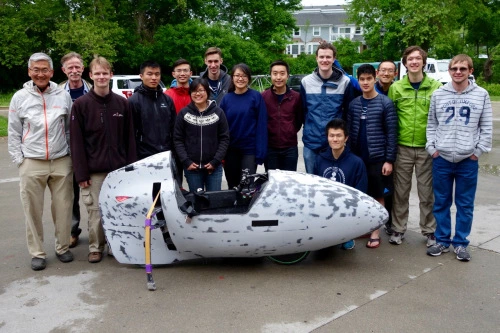
Cyclone was our entry for the 2016 ASME Human Powered Vehicle Challenge. It has the same aerodynamic shape as Vortex, but with a different interior. The intent of this vehicle was to be a consolidation of the knowledge and experience that the team has built up from the past 6 years. Cyclone placed third in design at ASME but faced mechanical issues preventing participation in races.
Cyclone was also brought to the 2022 WHPSC with re-designed internals, new aerodynamic pieces and safety features, and reached a top speed of just over 60 mph.
Project Director: Calvin Moes, Sherry Shi, Lincoln Macdonald (2021-2022)
Competitions: ASME East 2018 (3rd Design, 6th Innovation), WHPSC 2022
Start: Fall 2015
Completion: Summer 2017, re-engineered in 2021-2022 for WHPSC
Dimensions (L×W×H): 238 cm × 58 cm × 106 cm
Structure: Carbon fibre monocoque shell, carbon transmission frame
Features: Linkage-based landing gear, lightweight durable shell
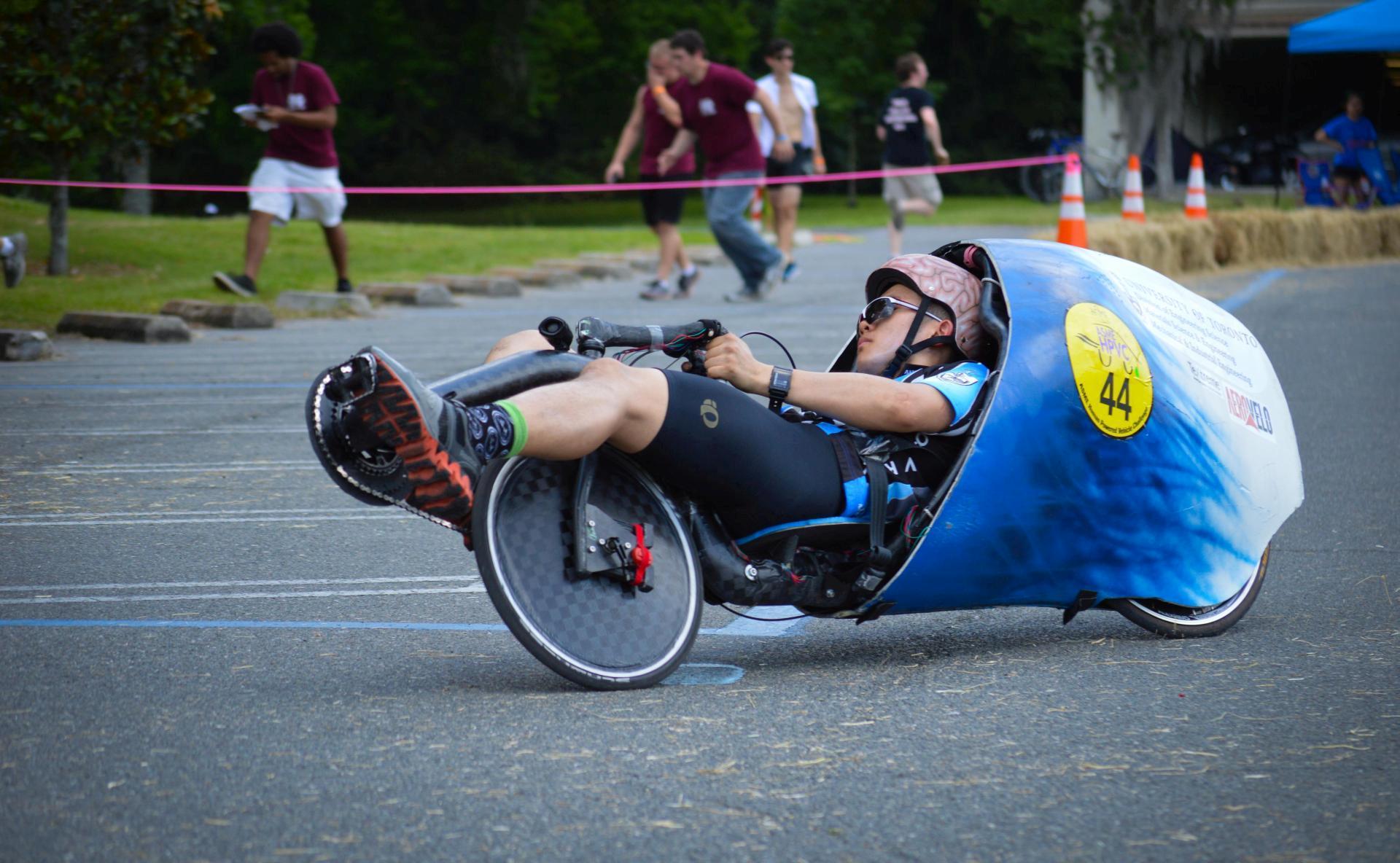
Simplicity was the objective with Viteza. Using a minimalist lowracer recumbent configuration, HPVDT created an extremely light yet fully-functional two-wheeled racing bike. With an optional rear fairing, Viteza was our first bike not to have at least a partial monocoque shell. Viteza placed fifth overall at the 2015 ASME HPVC.
Viteza was subsequently re-engineering into an unfaired lowracer for use at HPRA events in 2022.
Dimensions (L×W×H): 248 cm × 56 cm × 77 cm
Top speed: 63.7 km/h
Structure: Carbon fibre frame and roll bar
Features: Carbon leaf spring front suspension, stiffness-optimized frame
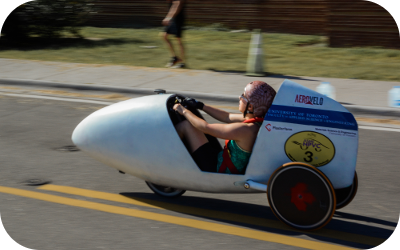
Based on the aerodynamic design of Vortex, Valkyrie was an attempt at a fast but versatile streamlined vehicle. Using a leaning-tricycle configuration, the intent was to maintain stability at low speeds while having bicycle-like high-speed handling. Valkyrie placed seventh overall at the 2014 ASME HPVC.
Dimensions (L×W×H): 239 cm × 58 cm × 106 cm
Top Speed: 72.5 km/h
Structure: Carbon fibre monocoque shell, carbon transmission frame
Features: Linkage-based leaning system, ultra-light composite disc wheels, expanded storage capacity
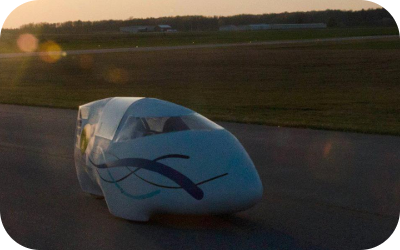
As the first ASME HPVC-specific vehicle we've built, Celero was designed from the start for ease of use and versatility. With three wheels, it's stable at all speeds; only one rider has managed to crash Celero, and only under very adverse conditions.
Dimensions (L×W×H): 262 cm × 88 cm × 85 cm
Top Speed: 68.4 km/h
Structure: Carbon fibre monocoque shell, carbon transmission frame
Features: Intuitive linkage-based steering, integrated running and signal lights, differential braking
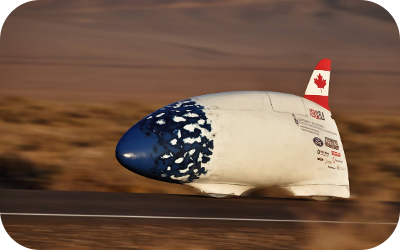
Bluenose is one of our fastest speedbikes yet. Since placing fourth overall at ASME HPVC 2012, Bluenose has been entered in the WHPSC in 2012, 2013, 2015, 2017 and 2018. Bluenose has set the collegiate speed record several times.
Dimensions (L×W×H): 247 cm × 55 cm × 88 cm (excluding fin)
Top Speed: 123.8 km/h
Structure: Carbon fibre monocoque shell, carbon transmission frame
Features: Fault-tolerant camera vision system, high-efficiency tires, damage-resistant outer shell
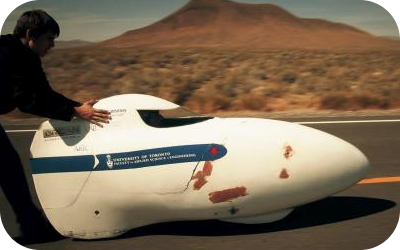
Our second vehicle achieved an excellent balance of speed and stability. Vortex won first place overall at the 2011 ASME competition, and broke Ace's collegiate land speed record at WHPSC 2012. Vortex remains a team favorite, and has been raced in multiple amateur events since 2011.
Dimensions (L×W×H): 239 cm ×50 cm × 105 cm
Top Speed: 116.9 km/h
Structure: Carbon fibre monocoque shell, carbon transmission frame
Features: Streamlined wheel openings, dual-stage front wheel drive, retractable landing gear

Our first-ever speedbike, Ace was built for the 2010 ASME Human-Powered Vehicle Challenge and the 2010 World Human-Powered Speed Challenge. It performed well in both, and set a new collegiate-level land speed record.
Dimensions (L×W×H): 281 cm × 55 cm × 107 cm
Top Speed: 108 km/h
Structure: Carbon/Kevlar shell, internal aluminum frame
Features: NACA duct ventilation, single-stage front wheel drive
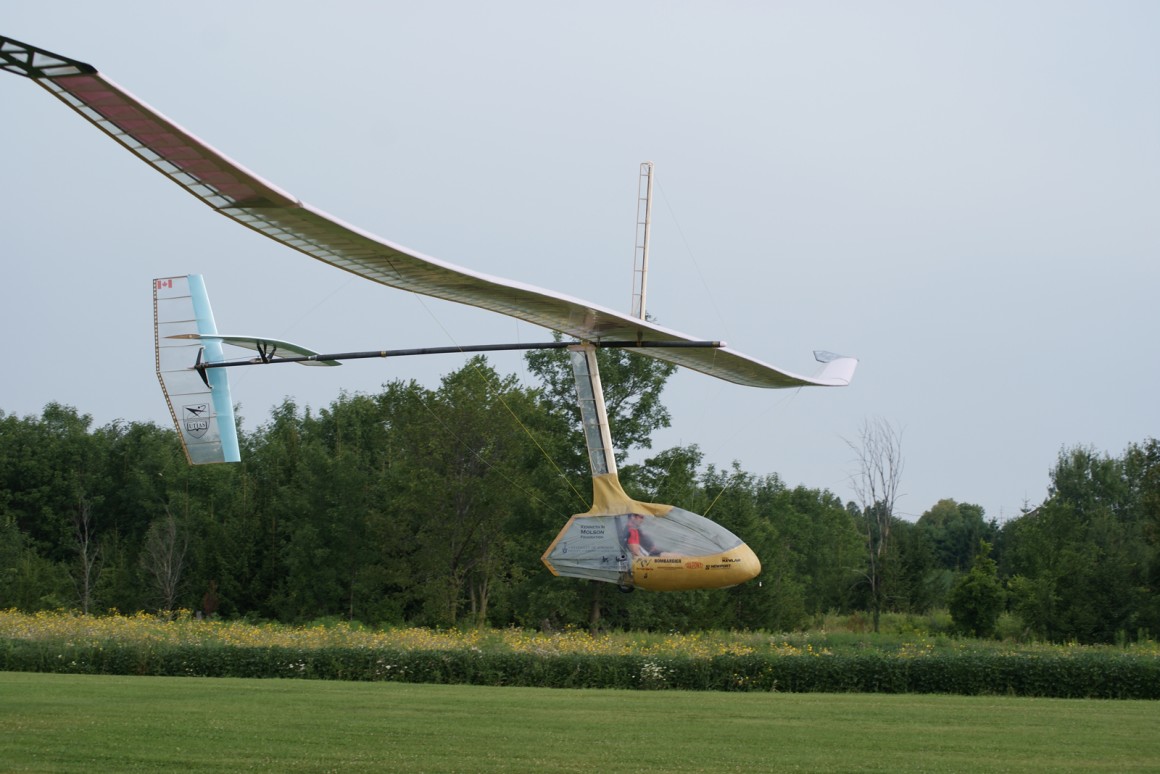
The Human Powered Ornithopter Project derived from the work of the UTIAS flapping wing research program. Snowbird was designed and built by the Human Powered Ornithopter (HPO) team to realize the timeless dream of allowing a man to fly like a bird. In summer 2010, Todd Reichert piloted it to became the first human powered ornithopter in the world to achieve sustained and controlled flight. After the project the HPO team was restructured as HPVDT to pursue other forms of human powered transport.
Wingspan : 32 m
Mass (empty) : 43 kg
Flight Distance: 145 m
Average Speed : 25.6 km/h
Structure: Carbon fiber, Balsa, Basswood, Styrofoam, Mylar Skin, Vectran
Features: Rowing Drive
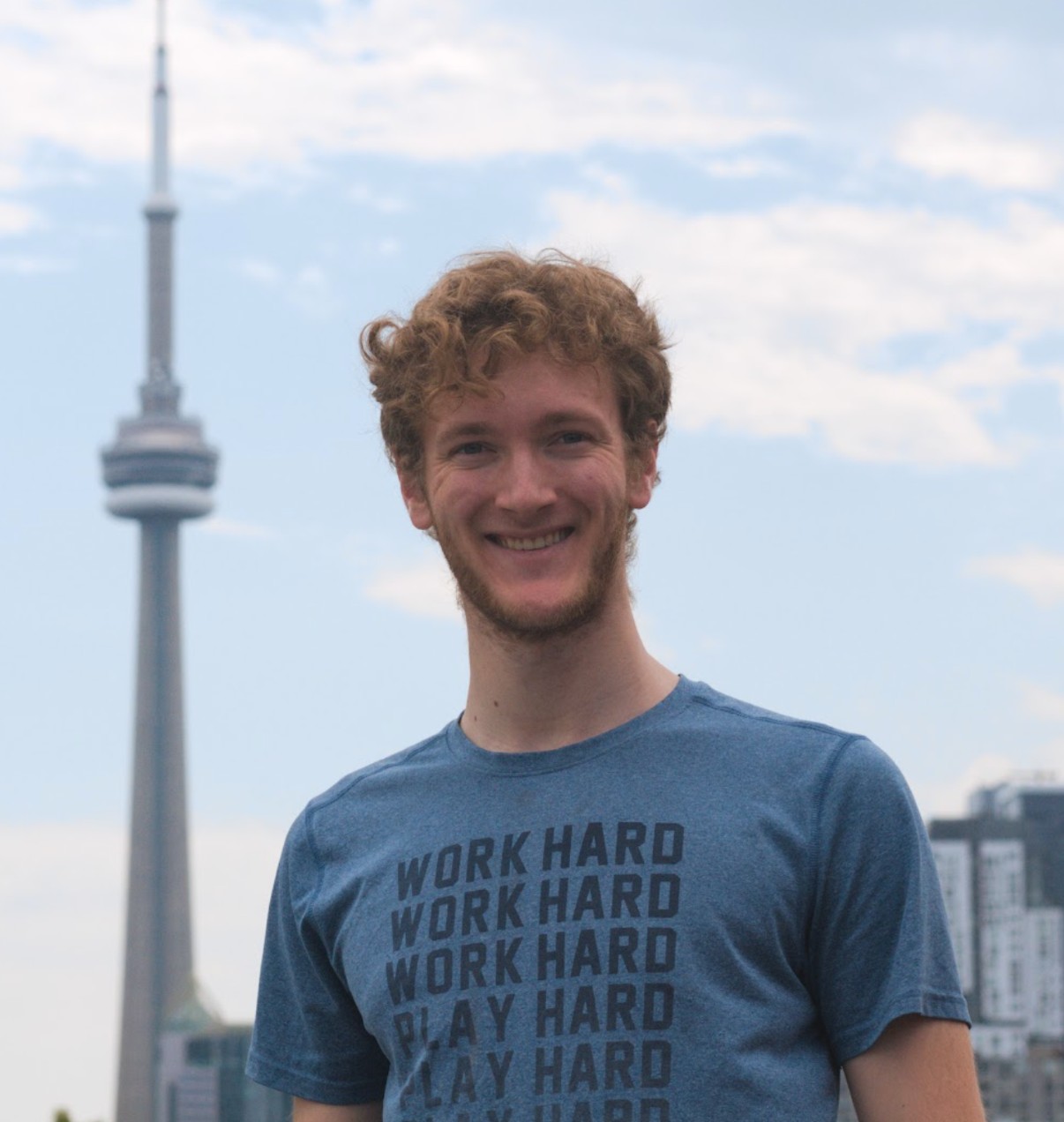
Captain
Engineering Science Aero 2T5+PEY
Ethan joined the team in early 2023 with a moderate amount of cycling fitness and a need for speed. Inspired by the feats of athletics and engineering in years past, he wanted to help push the team forwards in their current projects. Ethan picked up the various intricacies of carbon fibre manufacturing and design for composite parts, eventually taking a leadership role in a major subsystem of a Human Powered Aircraft project. This progressed into becoming a subsystem lead for the Structures and Rider Interface subsystem of the watercraft, and eventually the project lead and team captain. He is currently a much more experienced cyclist and one of the few individuals on the team with experience piloting a Camera vehicle (a bike without windows!).

Sponsorship Co-Director
Engineering Science Robo 2T7+PEY
Erin joined HPVDT in January 2025. Thrilled by the high speeds of streamliners, Erin joined the mechanical subteam building a gorgeous wheel well for Typhoon and repairing Cyclone's drivetrain with a bit of creativity. She loves riding her new favourite bike Speedmachine, and learning to design such amazing bikes! After an exhilarating first time racing at Battle Mountain, Erin is eager to build (and race!) even faster bikes in the future with the hopes one day she can reach the pedals without 3 booster seats. Outside the team, Erin is a competitive Irish dancer and loves going on a good run!
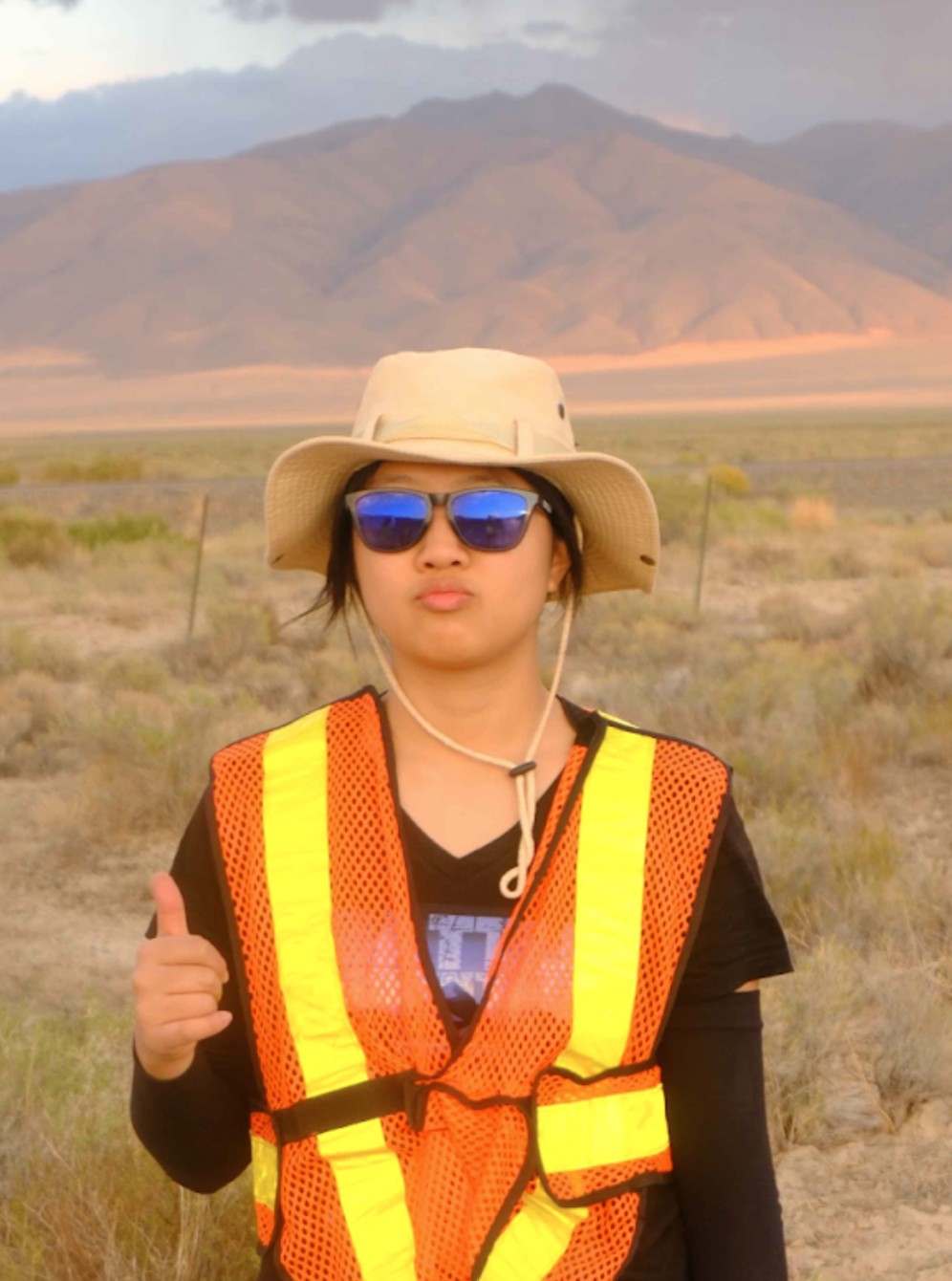
Sponsorship Co-Director
MSE 2T8 + PEY
Ahyoung joined the team in the Fall of 2024, immediately captivated by the team as a F!rosh looking to get her hands dirty. She believes in bikes being a superior mode of transportation, and wishes to learn more about them. As she continues to learn, she hopes to help lead and support the team and newer members with HPVDT's newest projects! Outside of the team, Ahyoung likes to play sports, play the piano and cook her cravings.
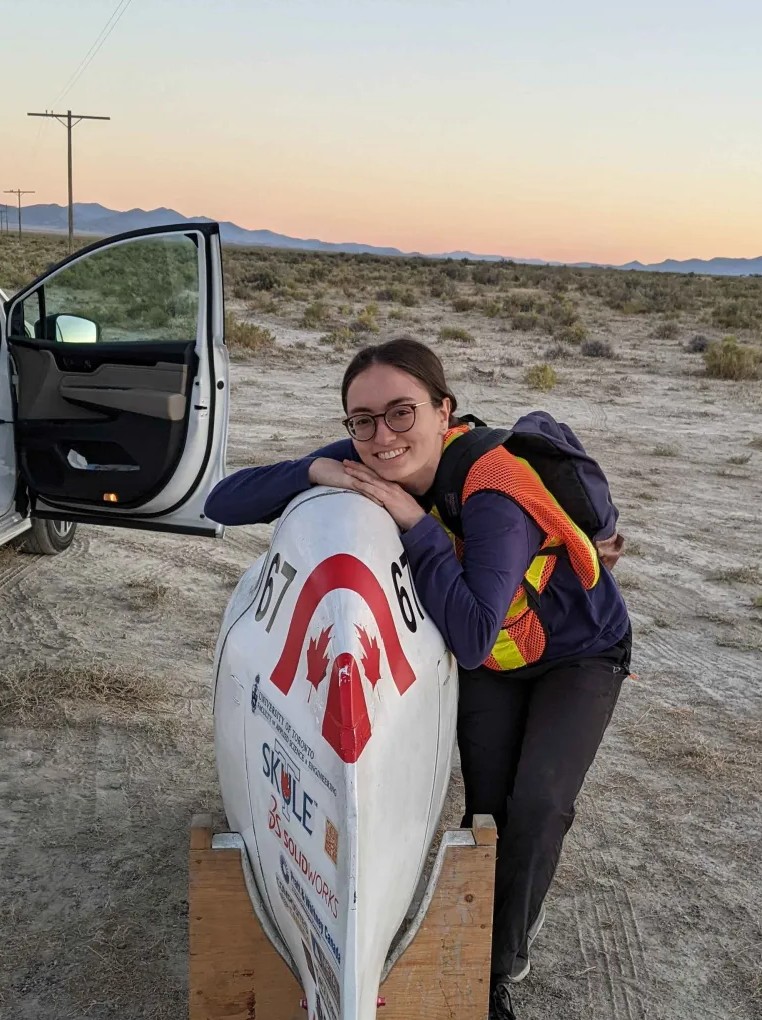
Operations Director
Mechanical Engineering 2T6
Genevieve joined the team in 2022 because she likes riding her bike and wanted to do some hands-on engineering work. Since then, she has mainly focused on composites manufacturing and mechanical repairs to the streamliners. As operations director, she hopes to encourage safe practices in the workshop. Outside of the team, Genevieve is involved in various theatre productions including Skule Nite.

Financial Director
Civil Engineering 2T7 + PEY
Thanusan joined HPVDT in late 2023 and started by doing light fabrication work on the aircraft, but was completely committed after working on Typhoon during the following summer. Last year, he rarely missed a meeting as he was hard at work building two canoes, conducting fluid and composite simulations to design the watercraft pontoons, and building a plug, mold, and the first of the pontoons. Even as a student of fixed objects on a team about fast-moving vehicles, Thanusan has firmly embedded himself in the team community and is eager to race more next season. Outside of the team, you might see him drawing maps, reading about history, walking long distances, or playing ultimate Frisbee!
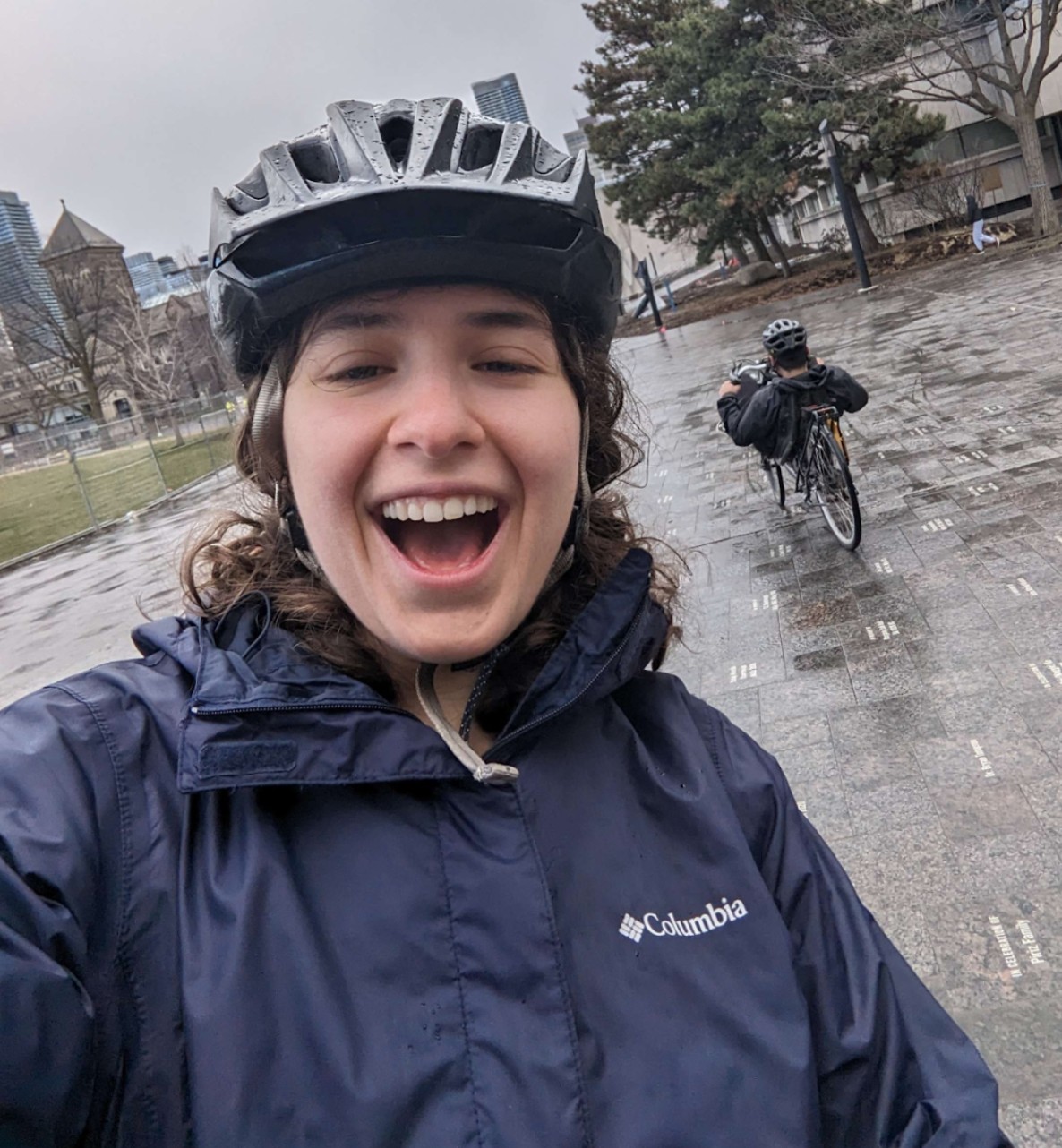
Outreach Director
Mechanical Engineering 2T6 + PEY
Kai joined the team in July 2023, enthralled by the idea of building and racing super fast bikes. (She didn't know that the true sport of this team was actually competitive sanding…) Kai made lots of foam wing parts for the human-powered aircraft project, co-lead the building of a kevlar canoe, and is currently co-leading the design and fabrication of yet another set of hulls for the watercraft project. As outreach director, Kai hopes to foster a new generation of engineers hungry for breaking the limits of human power.
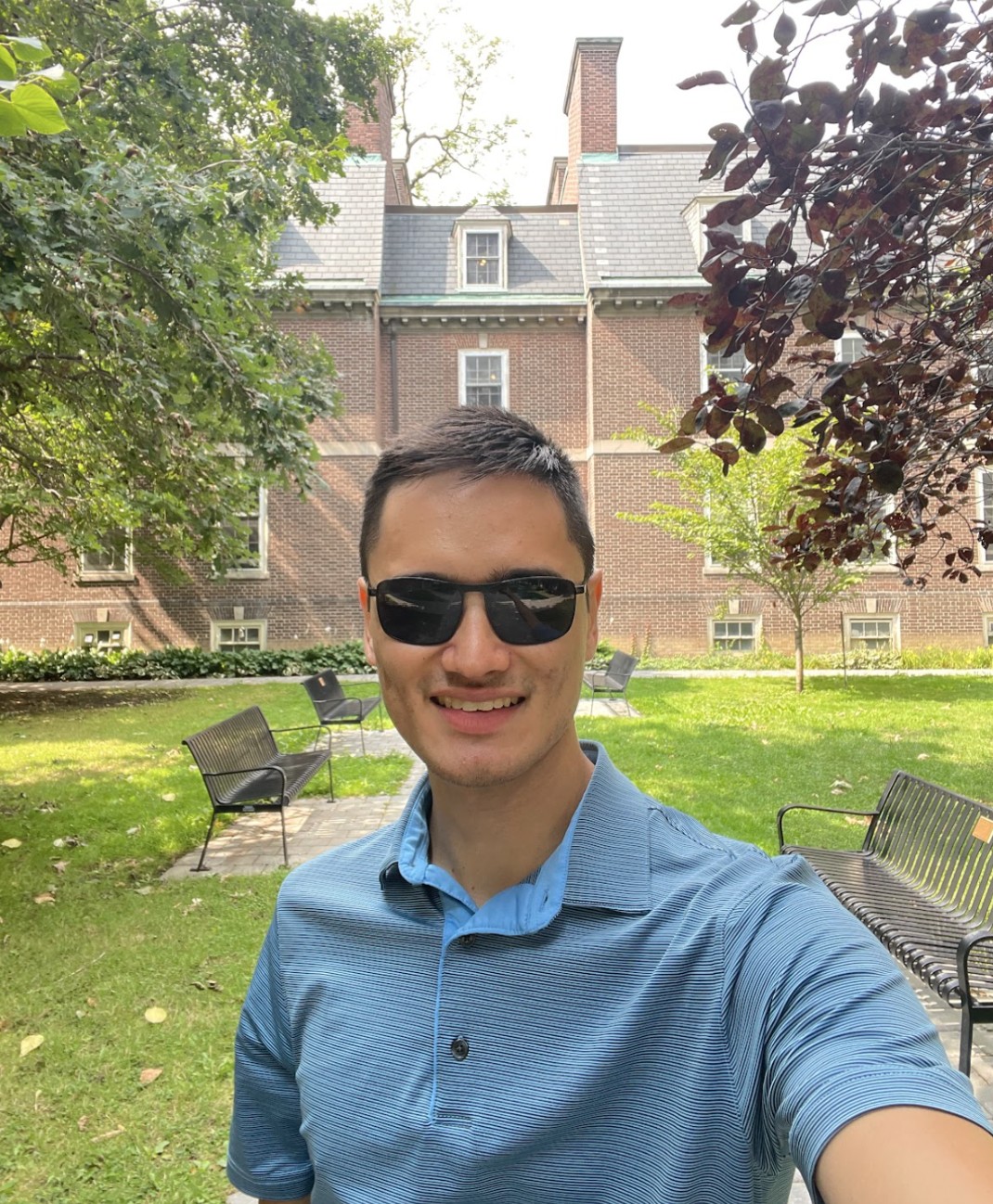
Media Director
Mechanical Engineering 2T7 + PEY
Harrison is a 2T7 Mech who joined HPVDT in 2023. He started on the secondary structures team within the Human-Powered Aircraft project, gaining experience with composite manufacturing and simulation. His interest in high-efficiency solutions led to a transition into the Watercraft Drivetrain Lead role. He now focuses on practically integrating manufacturing and structural constraints into numerical optimization problems. Outside of the team, Harrison is a former competitive rock climber.

Electronics Lead
Mechanical Engineering 2T6 + PEY
Claire joined HPVDT in 2022. Since her arrival, she has focused on circuit board design and electronics hardware. She hopes to orient new teammates towards safe usage of machinery through her leadership role. (Need to add something about watercraft). She is also a competitive rider. Outside of team meetings and her studies, Claire is either competing with the varsity cross-country/track and field team or piloting Cessna 150s, with hopes of getting her private pilot's license.